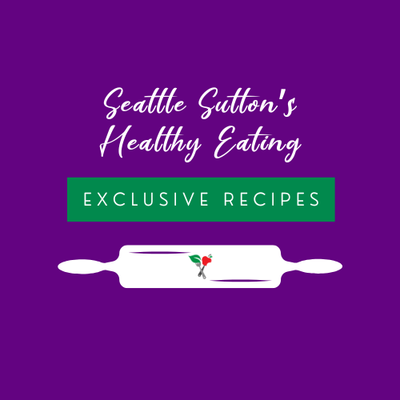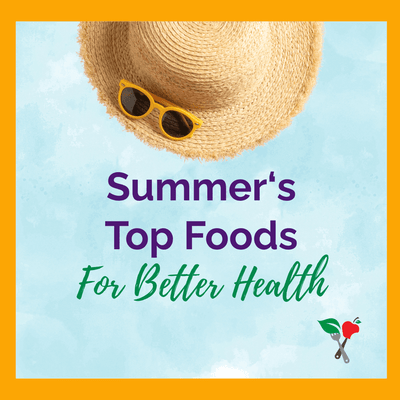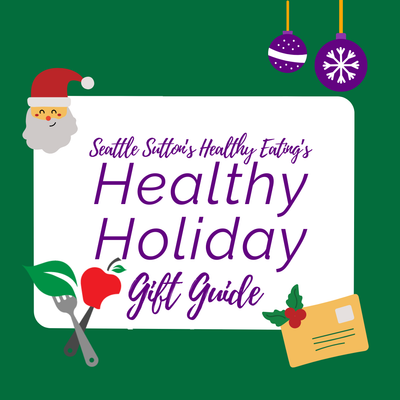Exciting Packaging and Labeling Changes
At Seattle Sutton’s Healthy Eating we are always looking for ways to improve and grow. Even though we have been around longer than most other meal delivery programs, our commitment to green products and following strict nutrition standards has never changed. We are excited to announce that we are moving to greener packaging and also are updating our meal labels. The goal of updating our packaging and labels is to be more environmentally friendly and provide the best experience for our customers.
Greener, Environmentally Friendly Packaging
Seattle Sutton's Healthy Eating has moved to a "greener" more environmentally-friendly packaging made from recycled bottle caps for our meal containers. We are always looking for new ways to use less packaging and reduce our carbon footprint and are excited to move to these new containers to fulfill our goals to be a greener company. As a company, we are not just concerned about the food we put in our bodies, but we are also mindful of how the packaging we use impacts the planet.
Our new meal trays made by GO-GREEN are manufactured using a new innovative proprietary thermoforming process based on "green" principles. The process utilizes 30% less energy and 30% fewer materials. The process to make these new trays reduces our carbon footprint by using less petroleum-based products and energy. In addition, this material reduces fuel consumption, lowers emissions, and reduces solid waste by weight compared to the manufacturing of PET (Polyethylene Terephthalate) plastic packaging.
By generating 30% less scrap in its proprietary manufacturing process, GO-GREEN Technology saves an additional 120 metric tons of CO2 emissions for every 1000 tons of extruded products. Benefits of this new container include:
Reduced Carbon Footprint: Reduces CO2 emissions by 21%
Energy Efficient: 30% Energy Savings compared to Conventional Thermoforming. High barrier and breathable polypropylene trays.
Waste Elimination: We eliminate the merchandising box or sleeve (as opposed to our competitors) which saves 9000 tons of carbon emissions for every 1000 tons of cardboard saved.
100% Recyclable: Our new trays are fully recyclable with your curbside recycling. After you finish your Seattle Sutton’s meal just rinse out the container and add it to your recycling bin. Our trays are a sustainable option as they contain 100% bio-compostable sugar cane from renewable sources.
These new trays are microwavable. Meals can be heated in the microwave right in the packaging. However, it is not recommended to use these trays under a broiler or in a toaster oven. We recommend that you refer to your individual meal container for the recommended heating and serving instructions on the label.
If you are heating meals in the microwave, we recommend that you pull back the corner of the plastic film and heat with the film venting to properly steam the food inside. If cooking in the oven, always place the container on a cookie sheet and remove the plastic film covering the top of the container before placing it in the oven. We love the convenience of our containers…just grab, heat, and eat!
While we encourage you to enjoy your meals fresh, many of our meals can be frozen in these containers safely. With the exception of meals containing fresh items such as an apple or a green salad, you can freeze meals safely to enjoy later.
Another great benefit is that these trays are easier to open. Peeling away the plastic film on these new containers is much easier than our old trays and less disruptive as they peel away with little noise.
Green for the Future
Seattle Sutton’s Healthy Eating has always been focused on having environmentally-friendly packaging, but we are excited to move to this packaging to be greener than ever before. Seattle Sutton's will continue to look for innovative ways to reduce our carbon footprint and the impact packaging has on the environment, and we'll be sure to keep our loyal customers updated as we strive to be a greener company.
We hope you find these changes as positive and exciting as we do! Over the next few weeks, you will notice the changes to our packaging and labels you receive. We would love to hear your thoughts and feedback about these changes, reach out to us and let us know what you think.
Fresh New Labels
You’ll notice a new look and feel to our labeling on each individual meal you receive in your Seattle Sutton’s Healthy Eating meal sets. We opted to forgo the cardboard sleeves that many of our competitors use to eliminate additional waste. Instead, we decided to update our labels with additional informational information to make them more useful and easier to identify. Here are some changes you’ll find on our new labels:
- Meal Descriptions. Our new labels will have a description of the meal that you are getting ready to enjoy. You won’t have to look through the ingredients any longer to determine what all is in your container; it’ll be included in the description.
- Easy to identify calorie level and meal name. We placed the calorie level in bigger font on both the top and side of the container as well as the meal name. This will help you be sure you are selecting the right meal and calorie level. If your meals are stacked in the refrigerator having the meal names and calorie level on the side will save your time since you won’t have to pull the meals out to determine which meal it is. We also placed the best by date on the side of the package so you can prioritize eating meals that are nearing their best by dates first.
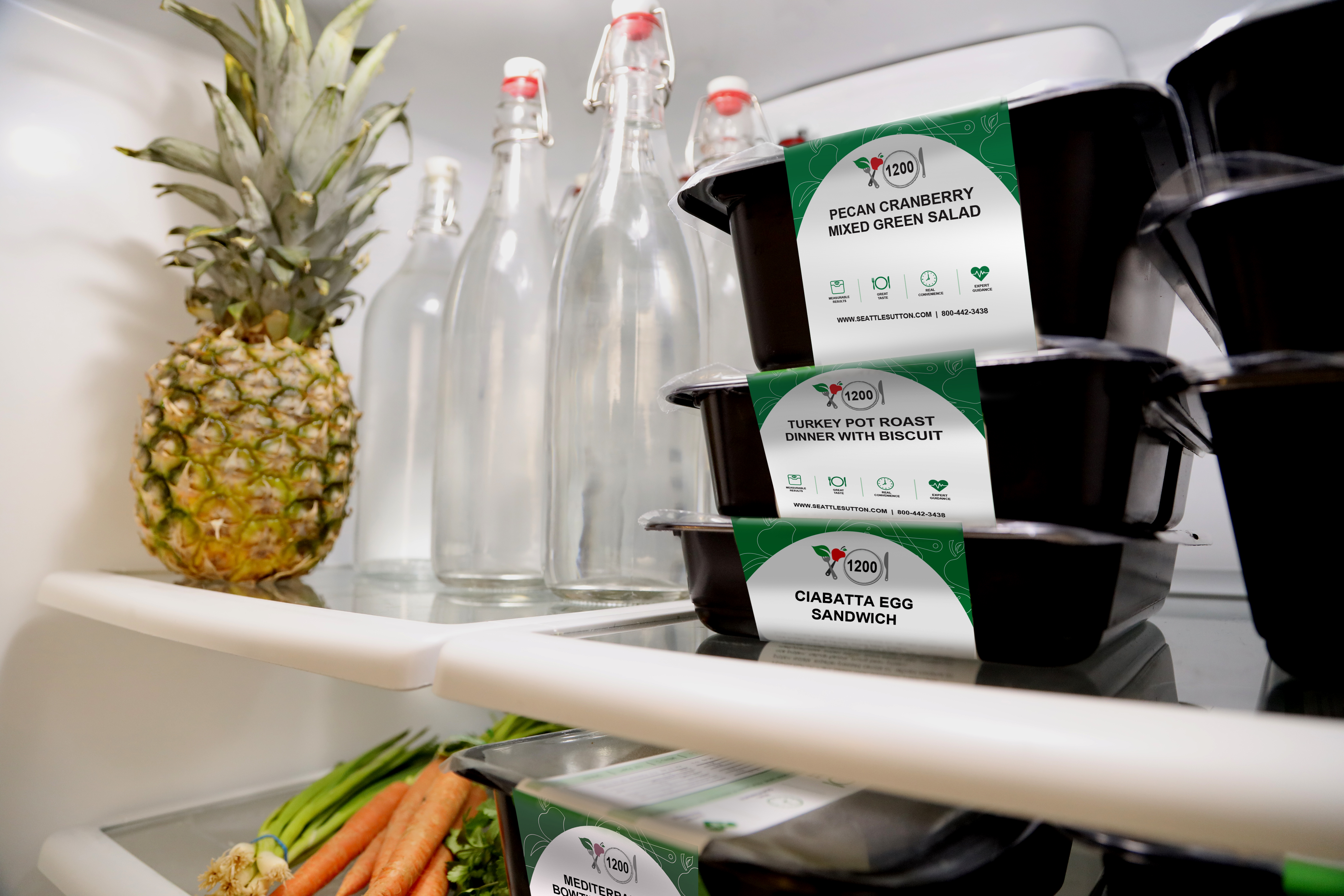
- Updated imaging. We’ve added some more color to our logo and some more flair to the labels to make them more eye-appealing. We eat with our eyes, right? So, the containers our meals come in should look nice too!
- New Nutrition Label. Seattle Sutton’s Healthy Eating has switched over to the new Nutrition Facts Label to reflect updated scientific information, including information about the link between diet and chronic diseases, such as obesity and heart disease. This new nutrition label makes it easier to make better food choices.
Added Sugars Included. The old nutrition labels didn’t differentiate between total sugars and added sugars. Added sugars offer no nutritional benefits and provide empty calories that can lead to weight gain and spike blood sugars. When looking only at total sugars, it is hard to identify how many of those sugars are coming from added sugars. The new label will separate the grams of sugar from added sugar and include a daily value percentage for added sugar. This is very important information as natural sugars are a main energy source for the body and have been proven to contribute to good health. Natural sugars are found in fruits and dairy products and offer vitamins, minerals, antioxidants, and fiber which help promote a healthy weight and improve blood sugar control.
Different Nutrients of Concern. The nutrients listed at the bottom of the label reflect the nutrients that most Americans are not getting enough of. These nutrients are updated over time based on the nutrients that are identified through population research. Vitamin C and Vitamin A will no longer be listed but potassium and vitamin D will take their place. For individuals needed to follow a potassium-restricted diet having the amount of potassium listed on the labels will help them ensure they are not exceeding their needs.
Highlights Calories and Serving Size. With the growing obesity epidemic, the new label format requires that calories and servings sizes be larger and bolded to help individuals be more aware of this information and make more informed decisions about the food they eat.
Calories from Fat Removed. Research has identified that the type of fat we eat is more important for overall health than the amount, so calories from fat are no longer required on the label. Total Fat, Saturated Fat, and Trans Fat will still be listed on the nutrition label.
Updated Daily Values. Sodium, dietary fiber, and vitamin D have all been updated with new amounts for daily values based on newer scientific evidence from the Institute of Medicine and other reports such as the 2015 Dietary Guidelines Advisory Committee Report, which was used in developing the 2015-2020 Dietary Guidelines for Americans.
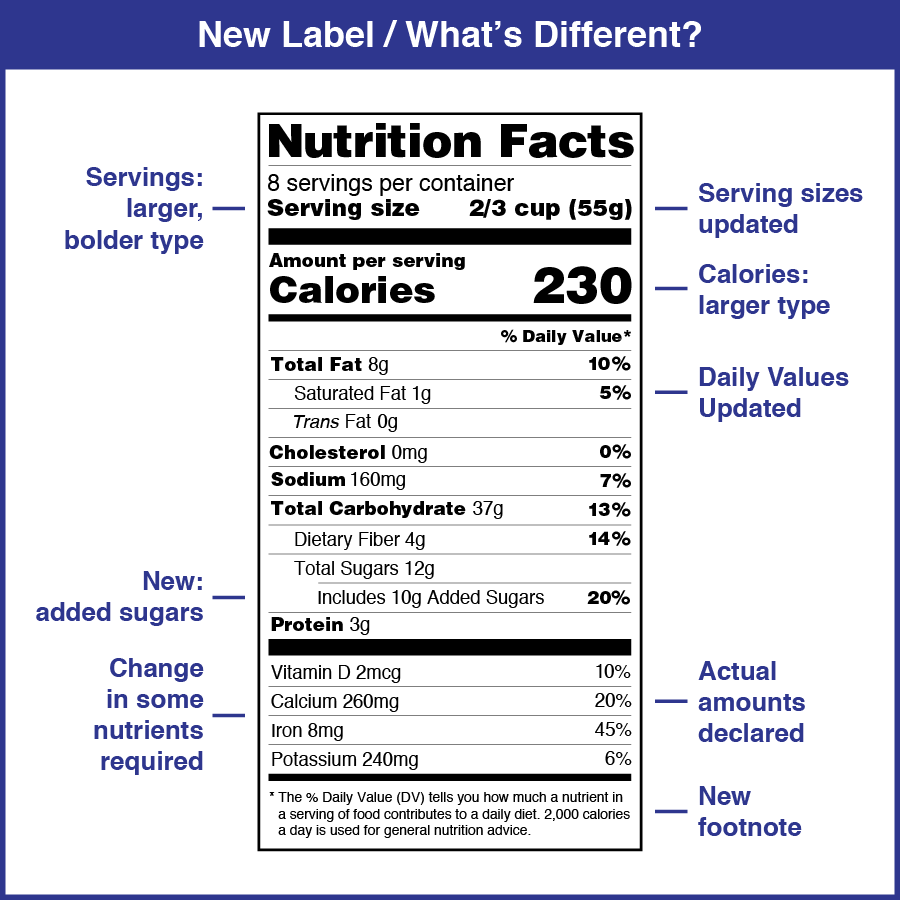
With a cleaner and easier to navigate label, we hope you love the changes we’ve made. Out with the old and in with the new!
Interested in eating healthy? Hungry for more?






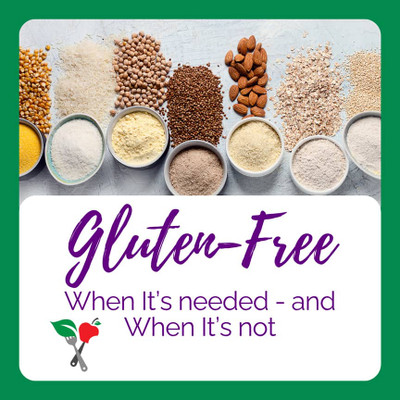

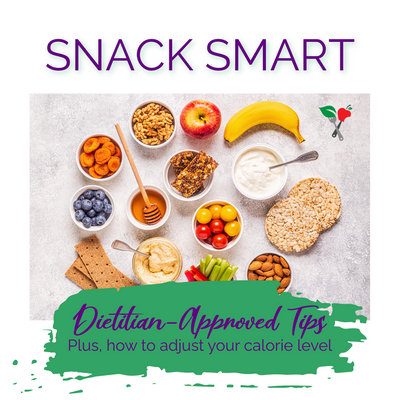
 Weight Loss
Weight Loss Health & Wellness
Health & Wellness Diabetes
Diabetes Heart Health
Heart Health Motherhood & Family
Motherhood & Family Dietary Restriction
Dietary Restriction Other Health Conditions
Other Health Conditions About SSHE
About SSHE